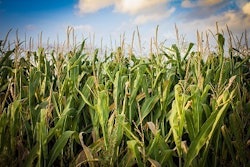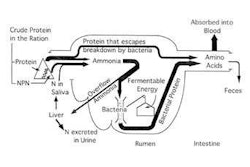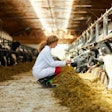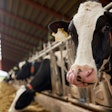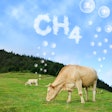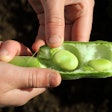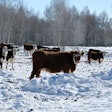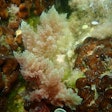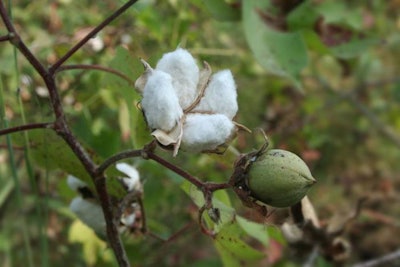
Fiber nutrition is becoming quite the topic of the year, and many articles and blogs on the topic have seen the lights of publicity recently. With the focus always being on what functional fibers are and do, we have neglected to shed some light on the ingredients that provide these fibers. We shall make a start with four very common ingredients that are used in diets for all animals, not only in ruminants and monogastrics, but also in diets for pets.
These ingredients are wholesome, or in other words, they are natural ingredients without further processing to concentrate or purify their fiber content. As such, fiber concentration remains low, as is in general their price, compared to more sophisticated source that we will discuss in a future article. Let us then examine these four common sources of functional fiber.
1. Wheat bran
Wheat bran (and/or wheat middlings) is the classic source of fiber for all species. Even in poultry diets, a small amount of wheat bran is not considered harmful as it considered beneficial in terms of gut health. Nevertheless, wheat bran is used almost exclusively in ruminant diets, whereas lesser amounts are used in diets for breeding pigs. Its main role in pig diet is considered that of preventing constipation, as wheat bran is not perceived as a choice source of functional fibers. Depending on the amount of bran and endosperm included in the final product, nutrient composition can be very variably. In general terms, wheat bran contains about 5 percent crude protein, 8 percent crude fiber and 32 percent neutral detergent fiber (NDF). There is no real limit in using this ingredient apart from its cost and of course its fiber concentration.
2. Sugar beet pulp
Sugar beet pulp, usually without molasses added to it, is a good source of favorable fibers (pectins) for ruminants and especially dairy cows as it is a source of rapidly fermented (available) energy in the rumen. It contains about 9 percent crude protein, 20 percent crude fiber and 45 percent NDF. Commercial beet pulp is available in wet or dry form, the latter usually as pellets. Ruminants can consume either form, even whole pellets, but pigs must have pellets ground and incorporated into their usual feed. One beneficial aspect of beet pulp is its high water-binding capacity. This aspects makes beet pulp a useful ingredient in diets for young pigs, broilers and layers as a means of controlling secretory diarrhea. Too much beet pulp in such diets, however, will eventually limit feed intake.
3. Fuzzy cottonseeds
Fuzzy cottonseeds are used exclusively in ruminant diets. They are a very convenient means to supply "roughage" material for the correct functioning of the rumen (increase the fiber "mat") while providing an indirect source of lipids. Fuzzy cottonseeds (seeds that have not been treated to remove the linters) contain about 24 percent crude protein, 37 percent NDF and 24 percent crude oil. Most nutritionists limit intake of fuzzy cottonseeds up to 3 kg per dairy cow per day. In total mixed ration (TMR) feeding, fuzzy cottonseeds should not exceed 15 percent of dry matter (assuming here a typical dairy cow consuming about 20 kg dry matter daily). Some limit even more the use of this ingredient in fresh cows as it might reduce feed intake and/or as a means of reducing the level of lipids in the ration to prevent ketosis since most fresh cows unavoidably mobilize their own lipid sources during the early post-partum period. All in all, fuzzy cottonseeds are considered a prime source of fiber for ruminants, and as such they command a relatively high price, especially in areas that do not cultivate cotton plants.
4. Soy hulls
Soy hulls are an excellent source of fiber for all classes of ruminants and for certain classes of swine. They contain about 10 percent crude protein, 36 percent crude fiber and 59 percent NDF. As such they are a richer source of fiber than fuzzy cottonseeds. This makes them a prime choice ingredient for ruminant diets and limits their availability for pigs. The only negative aspect of feeding soy hulls in ruminants is that they can lead to bloating as cattle, and young growing animals will consume enormous quantities of feeds containing soy hulls. In pigs, soy hulls are a source of fiber and a bulking agent for gestating sow diets. Their inclusion prevents constipation and enhances satiety when sows are limit fed, whereas in ad libitum feeding systems an excessive inclusion of soy hulls acts as a deterrent to overfeeding due to its bulkiness. Extruded soy hulls are also considered a source of functional fibers for diets destined for young pigs and broilers. At relatively low inclusion levels, this heat-treated ingredient can provide certain beneficial polysaccharides that can exert a probiotic effect.


